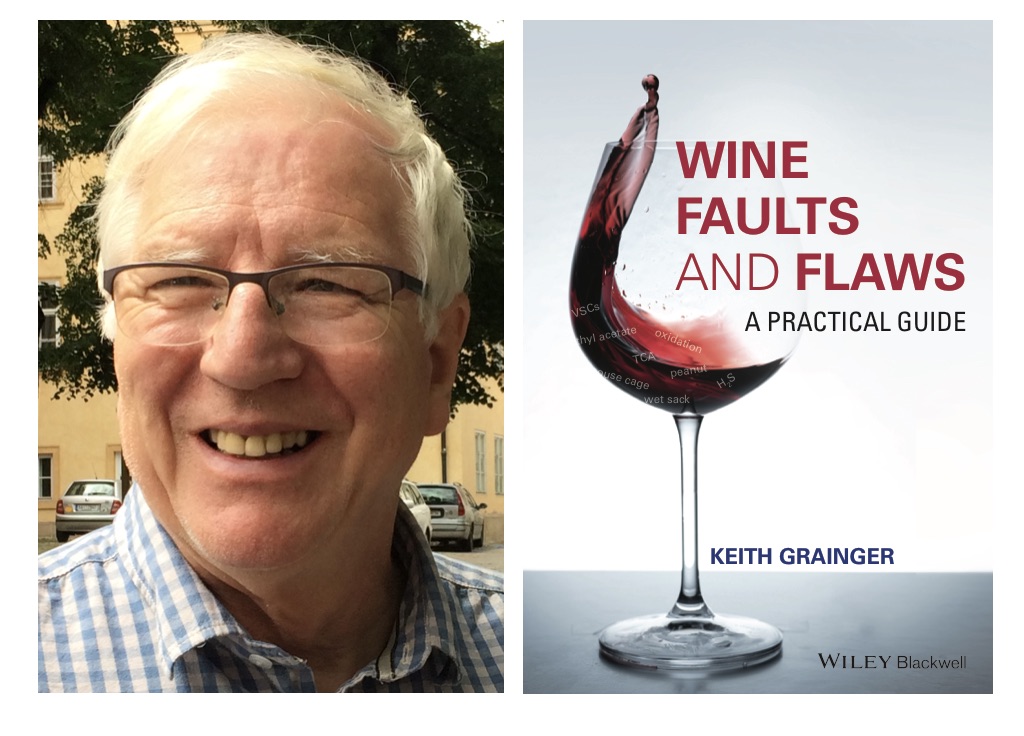Keith Grainger has published his hotly anticipated practical guide to wine faults and flaws, demystifying what can lead the enjoyability of a bottle and wine awry.
- Is mustiness in wine always caused by cork?
- Is a ‘reduced’ wine treatable?
- Why might a wine smell of Elastoplast?
- Are there faulty wines that exude excellence?
“These and 1001 other questions are answered in my new book ‘Wine Faults and Flaws: A Practical Guide’, published in hardback by Wiley Blackwell on 24th June and also available as an e-book and on Kindle,” explains Keith. “It is a pretty substantial work – 528 pages including index.
“There are some faults that render wines unsaleable and undrinkable and others that have a negative effect upon quality and enjoyment. The book provides a detailed examination and explanation of the causes and impact of each fault, flaws or taint. The discussion generally includes: what it is, in basic terms; how it can be detected by sensory recognition and laboratory analysis; what the cause is; how it might be prevented; whether an affected wine is treatable (and if so how); and the applicable science.
“The book is very suitable for those with limited scientific knowledge, and I have made every effort to maximise readability, with many anecdotes and expressed opinions, including my own. The chasm between general and scientific wine publications is both wide and deep, and I have attempted to bridge this as soundly as possible.”
“There are several excellent books on viticulture and oenology, written in scientific language. Alternatively, the easy to read articles and books penned by wine writers are seen by the scientific community as overflowing with anecdotes, lacking rigour and are rarely cited. Of course, both approaches are valid, and I have made every effort to integrate them. I have tried to speak in terms that the general reader will understand. Much of the related research conducted in the last couple of decades, remains within the confines of journals, which are largely unread outside of scientific and academic communities. On many occasions, results are inconclusive, conflicting, or the focus of some studies is seen as so narrow as to be of little relevance in the real world. Indeed many of the winemakers I have spoken to whilst researching this book have not been aware of the outcomes of ground-breaking research in important areas. Accordingly, there is still much misinformation and misunderstanding of the topics by producers, writers, students, and, of course, consumers. I believe the book will prove invaluable to winemakers, wine technologists, and quality control professionals. Wine critics, writers, educators and sommeliers will also find the topics highly relevant. The wine-loving consumer, including wine collectors, may also consider the book a great resource.”
The book has a £99.99 list price, however, CWW members can obtain a promotion code for a 20% discount (for purchases made from the publisher) by contacting [email protected]

